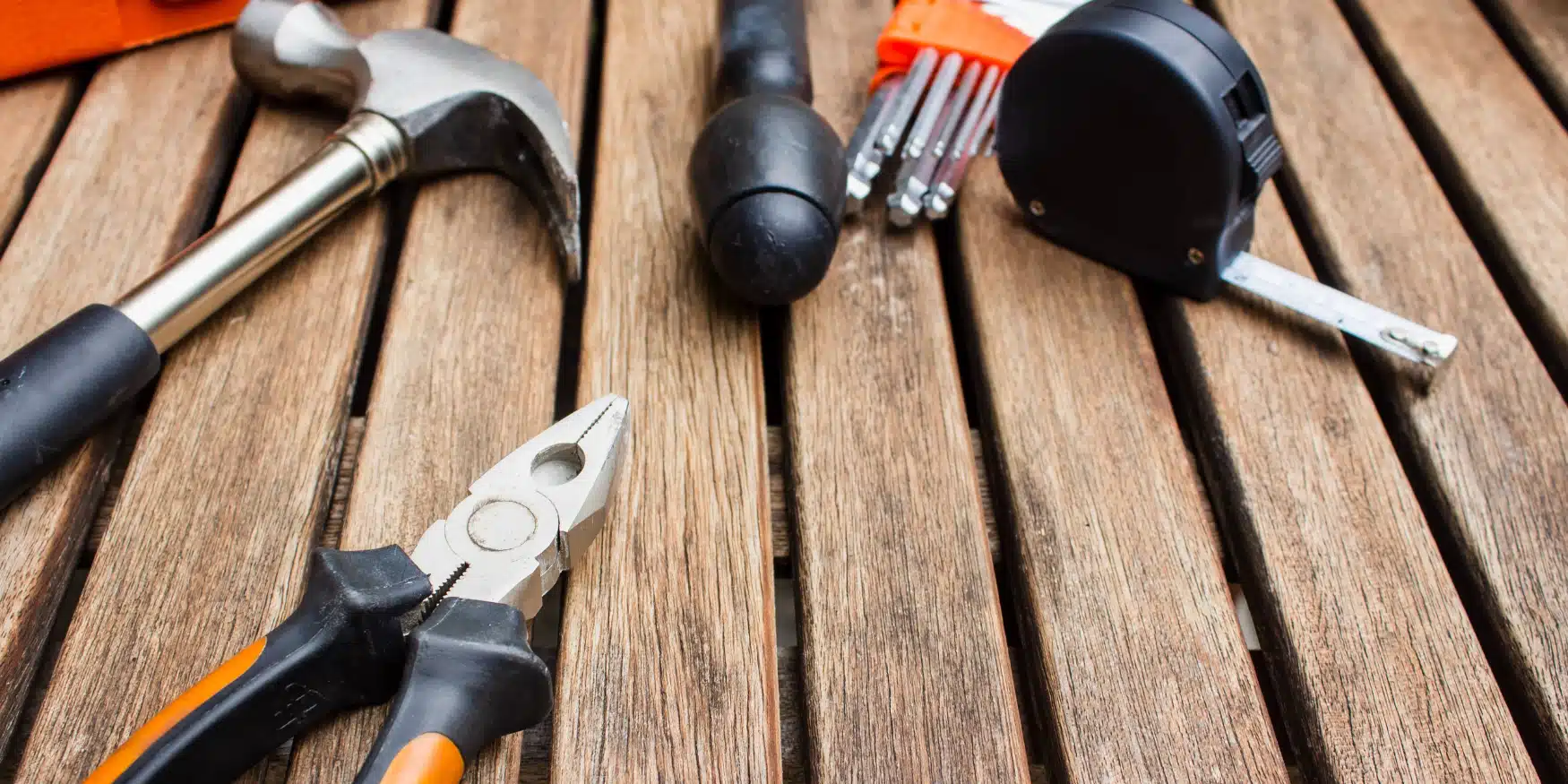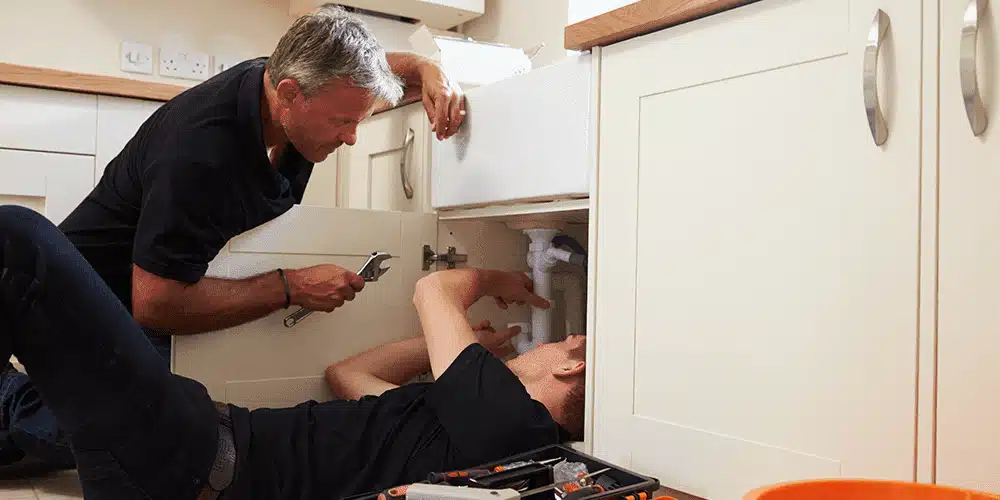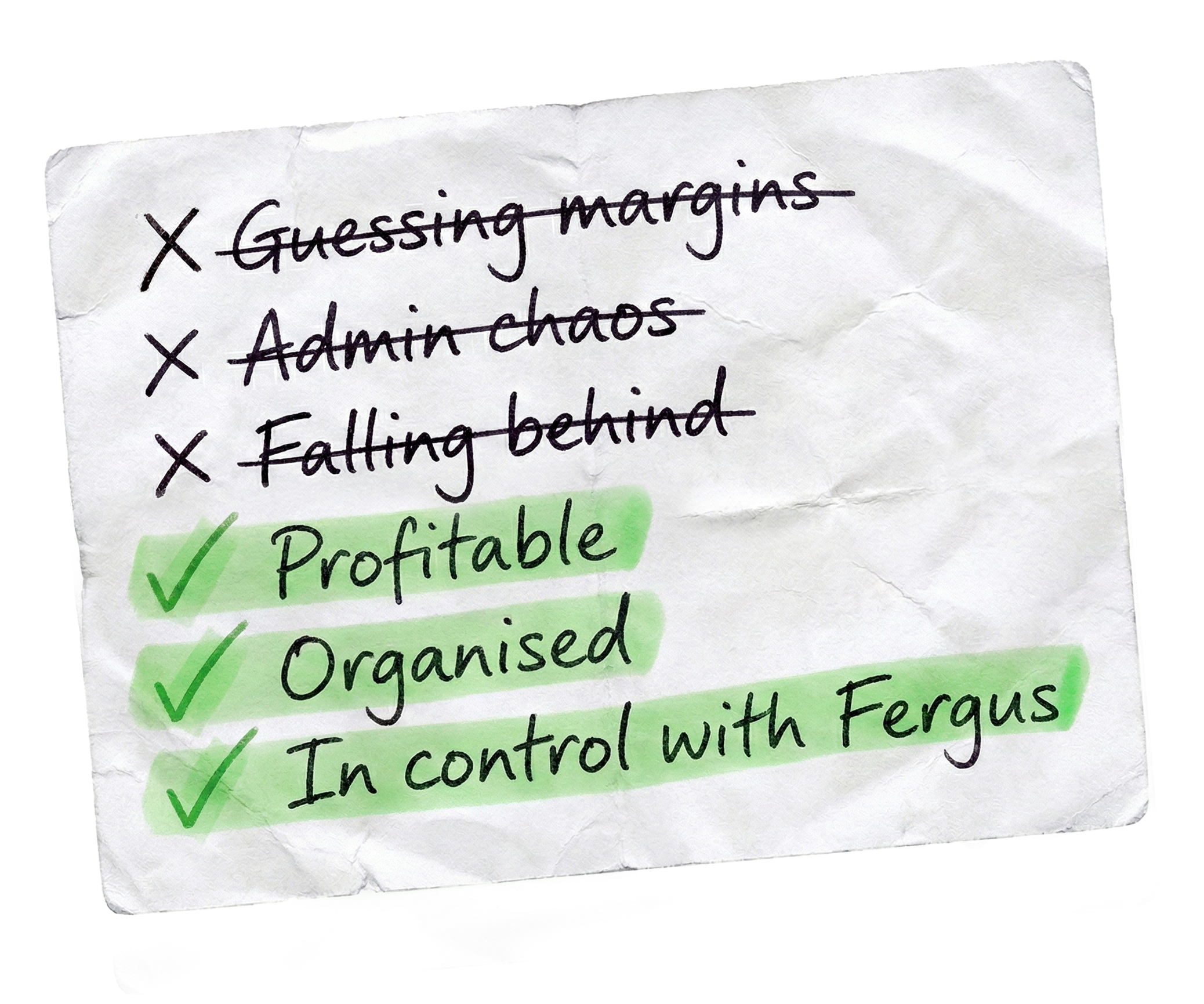
As a trades business owner, there’s much more to the job than the trade itself.
As well as being a tradesperson, you are a salesperson, and part of quoting for a trades job is the art of price negotiation.
Not all tradespeople are comfortable negotiating money, but it’s something you can improve and is essential if you want to:
In the UK, we help over 20,000 tradespeople to up their game, and in this article, we’ll pick out ten practical strategies you can use to enhance your price negotiation tactics, and ultimately improve your trades business.
Before entering any negotiation, it’s crucial to understand your worth.
Consider factors such as your expertise, experience, and the quality of your work.
Highlight your unique selling points (USPs) to potential clients.
Remember, you’re not just selling a service; you’re offering solutions to their problems.
Invest time in researching your client’s background.
Understand their needs, pain points, and budget constraints – then tailor your negotiation approach accordingly.
For example, if you’re dealing with a cost-conscious homeowner, emphasise long-term savings and energy efficiency when discussing electrical or plumbing upgrades.
Define your negotiation goals before starting any conversation.
Are you aiming for a higher price, faster payment terms, or additional services?
Having clear objectives helps you stay focused and assertive during the negotiation process.
Establishing a positive relationship with your client is essential.
Be friendly, listen actively, and show empathy.
When clients feel comfortable with you, they’re more likely to agree to favourable terms.
Remember, negotiation isn’t about winning or losing—it’s about finding mutually beneficial solutions.
Back up your pricing with evidence.
Explain the materials you’ll use, the labour involved, and any warranties or guarantees.
Use visual aids if possible.
For instance, you could show a diagram of a new electrical circuit or a before-and-after photo of a plumbing repair.
Concrete evidence adds credibility to your proposal, and puts you in a stronger position.
Consider bundling services to create value for your clients.
Instead of quoting separate prices for each task, offer a package deal.
For example, if you’re installing a new electrical panel, include a safety inspection at a discounted rate.
Bundling, or upselling, encourages clients to see the overall value you provide.
Sometimes, the best negotiation tactic is knowing when to walk away.
If a client insists on an unreasonably low price or unreasonable terms, be willing to decline the job.
Your time and expertise are valuable, and accepting unfavourable terms can harm your business in the long run.
Listen carefully to your client’s concerns and objections, and address them thoughtfully.
Ask open-ended questions to uncover hidden needs.
For example, if a client hesitates due to budget constraints, you can react by exploring alternative payment options or a phased project completion.
As well as being a tradesperson, and a salesperson, this tip involves a little bit of acting.
When discussing prices, practice the “flinch.”
Without overdoing your performance, try to react with surprise or concern when the client proposes a lower figure.
This subtle reaction can prompt them to reconsider their offer or reveal their true budget.
But be careful to only use this tactic if a customer is trying to chance you with a low-ball offer, as authenticity is key to your business reputation.
So only use the “flinch” sparingly and authentically.
After reaching an agreement, use job management software to send a follow-up email summarising the terms.
Confirm the scope of work, deadlines, and payment details.
A professional follow-up ensures clarity and avoids misunderstandings.
Remember, negotiation is a skill that will get better over time.
Keep refining your approach, learn from each interaction, and adapt to different client personalities.
By mastering price negotiation, you’ll enhance your reputation, win more contracts, and boost your bottom line.
Stop drowning in admin & paperwork. Start focusing on the jobs that make you money.



Our 20,000+ trades businesses have slashed their admin, are getting paid faster, and are finally enjoying their weekends again.







